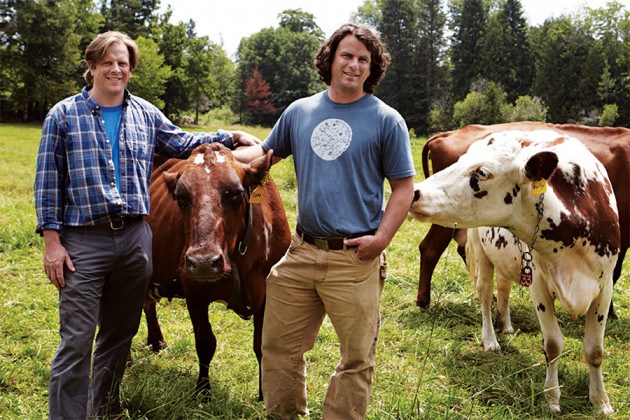

Such as the Nubian goat or the Holstein cow. There are entries on animal species whose milk is commonly (cow, goat, sheep) and not so commonly (think yak, camel, and reindeer) used in cheesemaking, as well as entries on a few highly important breeds within each species, The concentrated whey cheeses popular in Norway, brunost, are covered here, as are the traditional TurkishĪnd Iranian cheeses that are ripened in casings prepared from sheep's or goat's skin. From cottage cheese to Camembert, from Gorgonzola to Gruyere, there are entries on all of the major cheese varieties globally, but also many cheeses that are not well known outside of their region of production. The Oxford Companion to Cheese is the first major reference work dedicated to cheese, containing 855 A-Z entries on cheese history, culture, science, and production.

Standardized cheese, cheesemakers, cheesemongers, affineurs, and most of all consumers are rediscovering the endless variety of cheeses across cultures. In fact, after a long period of industrialized, processed, and Yet, after all of these thousands of years we are still finding new ways to combine the same four basic ingredients - milk, bacteria, salt, and enzymes - into new and exciting products with vastly different shapes, sizes, and colors, and equally complex and varied tastes, textures, and, yes, aromas. Together, these changes have exerted a profound influence on the quality and variety of cheese available and in overall patterns of cheese consumption.The discovery of cheese is a narrative at least 8,000 years old, dating back to the Neolithic era. This transformation of long-established cheesemaking practices was accompanied by equally radical innovations in product marketing and distribution. The principal features of modern industrialized cheesemaking, which set it apart from traditional approaches include: high production volumes sourcing of milk from multiple dairy herds pasteurization and re-balancing of milk supplies to minimize variability use of standardized, bought-in starter cultures and rennet mechanization and automation of manual processes such as stirring and cutting the curd detailed ‘recipes’ and procedures and the precise measurement and control of key variables such as temperature and acidity using specialized instruments. Industrialization, the historical development that saw cheesemaking transformed from a largely craft-based or artisanal activity, often located on a dairy farm, to a production process that, for the most part, takes place in large ‘cheese factories’ or creameries.


 0 kommentar(er)
0 kommentar(er)
